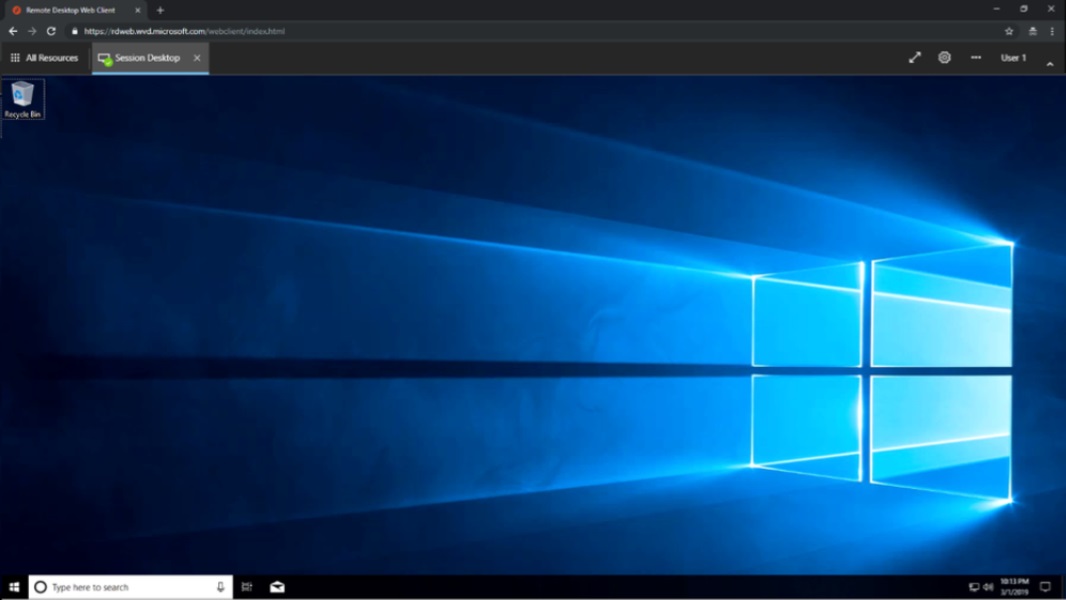Microsoft Renames Windows Virtual Desktop to Azure Virtual Desktop
- Paul Thurrott
- Jun 07, 2021
-
6

Microsoft announced today that it is renaming Windows Virtual Desktop to Azure Virtual Desktop (AVD) and is adding new capabilities to the service.
“The rebrand to Azure Virtual Desktop represents Microsoft’s expanded vision to become a flexible Azure-based cloud VDI platform for nearly any use case, accessible from [almost] anywhere,” a Microsoft representative told me. “A modern desktop and app virtualization platform needs to be secure, scalable, and easy to manage, while delivering a seamless, high-performance experience to end-users.”
Windows Intelligence In Your Inbox
Sign up for our new free newsletter to get three time-saving tips each Friday — and get free copies of Paul Thurrott's Windows 11 and Windows 10 Field Guides (normally $9.99) as a special welcome gift!
"*" indicates required fields
New capabilities coming to Azure Virtual Desktop include:
Enhanced support for Azure Active Directory (AAD). Coming soon in public preview, users will be able to domain join their AVD machines directly to AAD and connect to the virtual machine from any device with basic credentials, which Microsoft says reduces costs and streamlines deployment.
Manage Windows 10 Enterprise multi-session VMs with Microsoft Endpoint Manager. Available now in public preview, users can enroll in Windows 10 Enterprise multi-session AVD virtual machines with Microsoft Intune and manage them in the Microsoft Endpoint Manager admin center.
Quickstart deployment. Coming soon in public preview, customers will be able to set up a full AVD environment in their Azure subscriptions in just a few clicks.
Desktop apps as a service for customers and partners. AVD users will be able to deliver desktop applications “as-a-service” to customers and business partners, and not just employees. To facilitate this usage, Microsoft is now offering a new monthly per-user access pricing option for organizations. “This would enable software vendors to deliver their app as a SaaS solution that can be accessed by their customers without requiring the user to have an eligible Windows license,” Microsoft told me. “In addition to the monthly user price for Azure Virtual Desktop, organizations also pay for Azure infrastructure services based on usage.”
Microsoft’s Kam VedBrat has written a more comprehensive post about these changes if you’re curious.